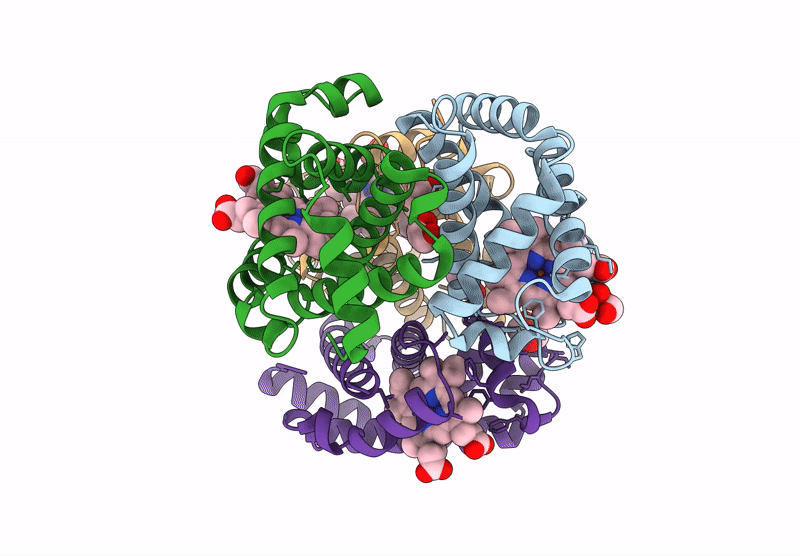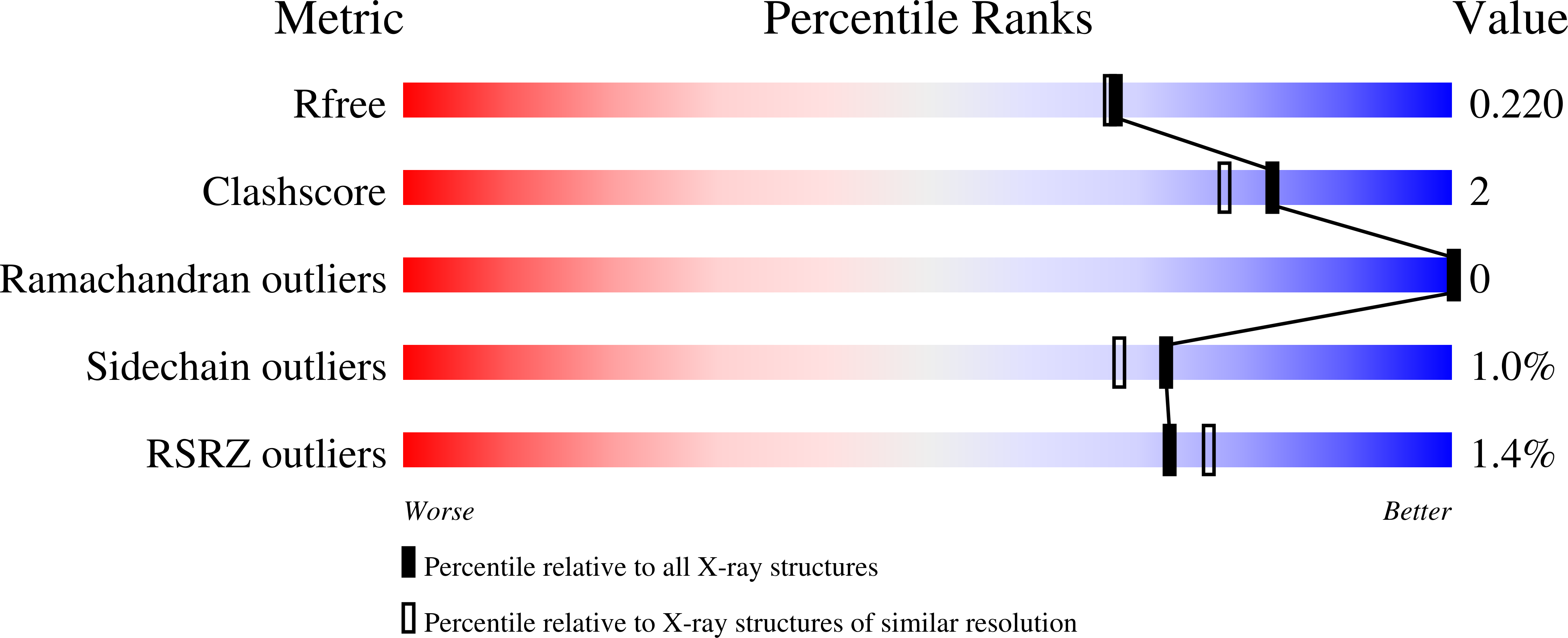
Deposition Date
2024-03-01
Release Date
2024-12-11
Last Version Date
2025-02-19
Method Details:
Experimental Method:
Resolution:
1.94 Å
R-Value Free:
0.22
R-Value Work:
0.19
R-Value Observed:
0.19
Space Group:
P 21 21 21


